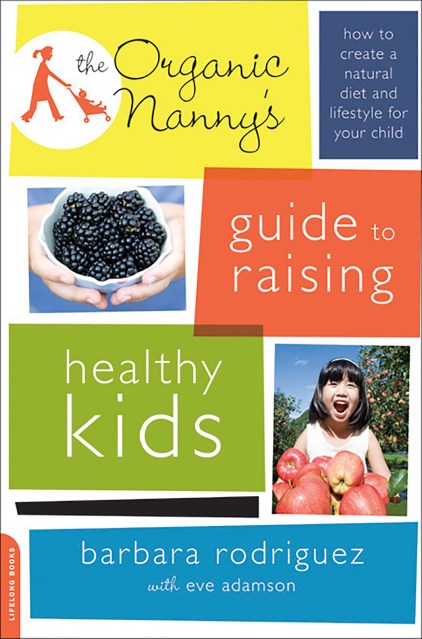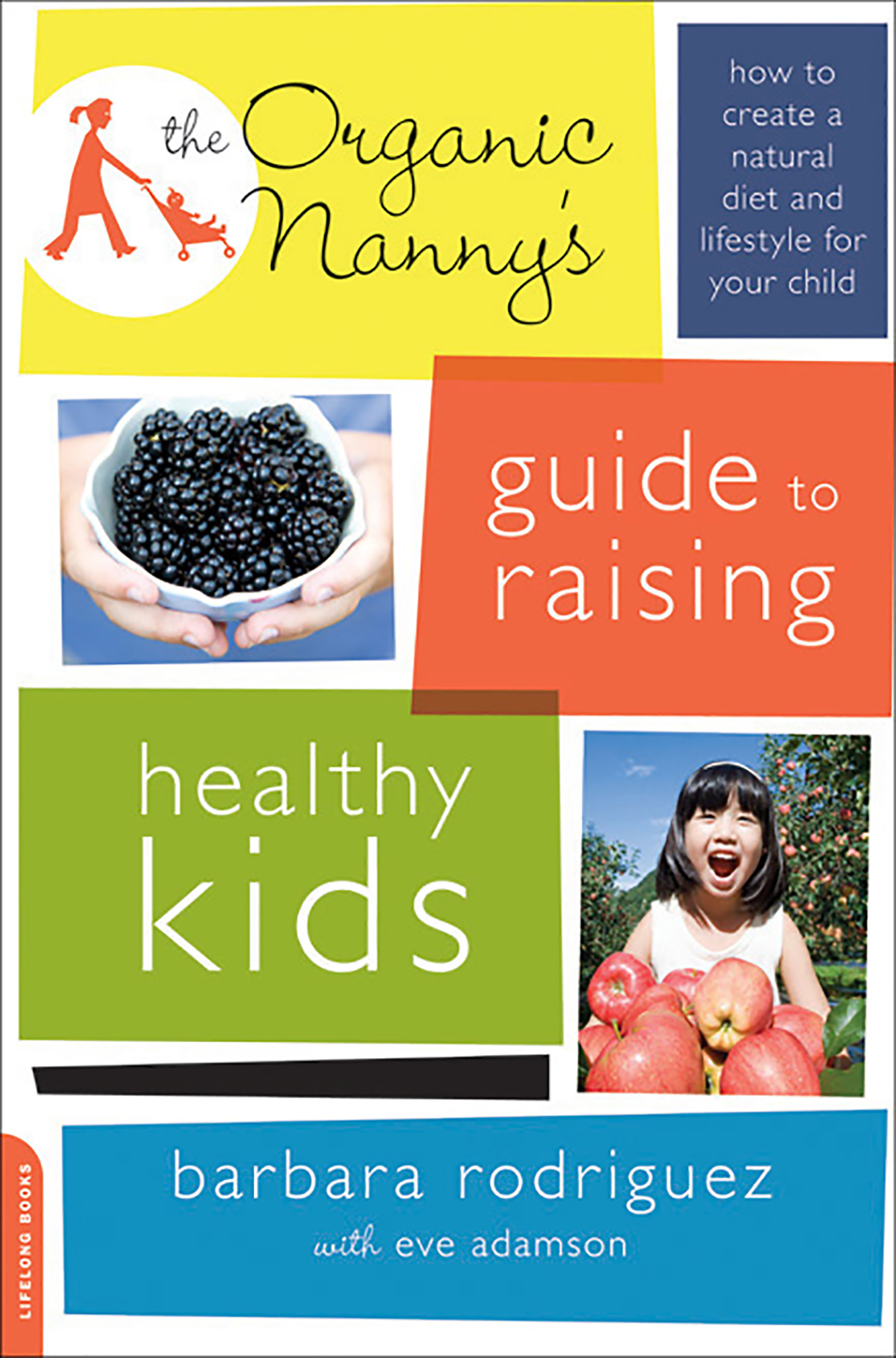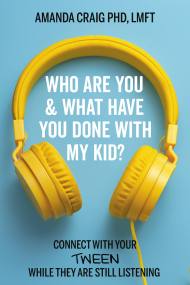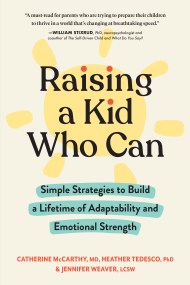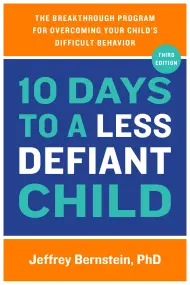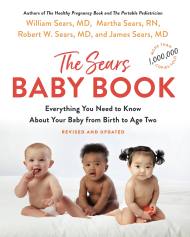Promotion
Use code MOM24 for 20% off site wide + free shipping over $45
The Organic Nanny's Guide to Raising Healthy Kids
How to Create a Natural Diet and Lifestyle for Your Child
Contributors
With Eve Adamson
Formats and Prices
Price
$10.99Price
$13.99 CADFormat
Format:
- ebook $10.99 $13.99 CAD
- Trade Paperback $19.99 $25.99 CAD
This item is a preorder. Your payment method will be charged immediately, and the product is expected to ship on or around February 28, 2012. This date is subject to change due to shipping delays beyond our control.
Also available from:
As a nanny, Rodriguez has seen some disturbing trends — toxic foods, childhood obesity, insomnia, and a lack of communication between parents and children. Her advice? Nutritious food and natural remedies to resolve chronic health and behavior issues. The Organic Nanny’s Guide to Raising Healthy Kids will help parents put their children on a more natural track and give them a childhood to remember.
Genre:
- On Sale
- Feb 28, 2012
- Page Count
- 256 pages
- Publisher
- Da Capo Lifelong Books
- ISBN-13
- 9780738215303
Newsletter Signup
By clicking ‘Sign Up,’ I acknowledge that I have read and agree to Hachette Book Group’s Privacy Policy and Terms of Use
